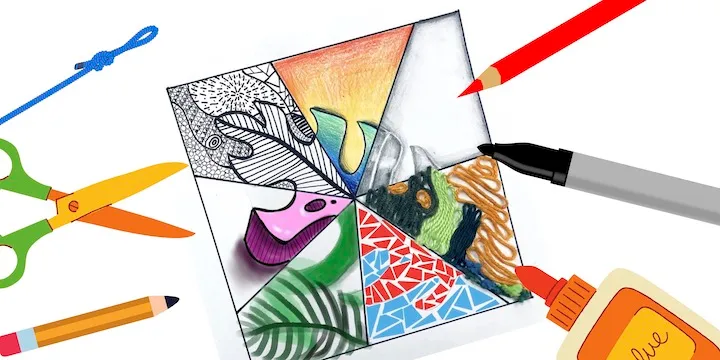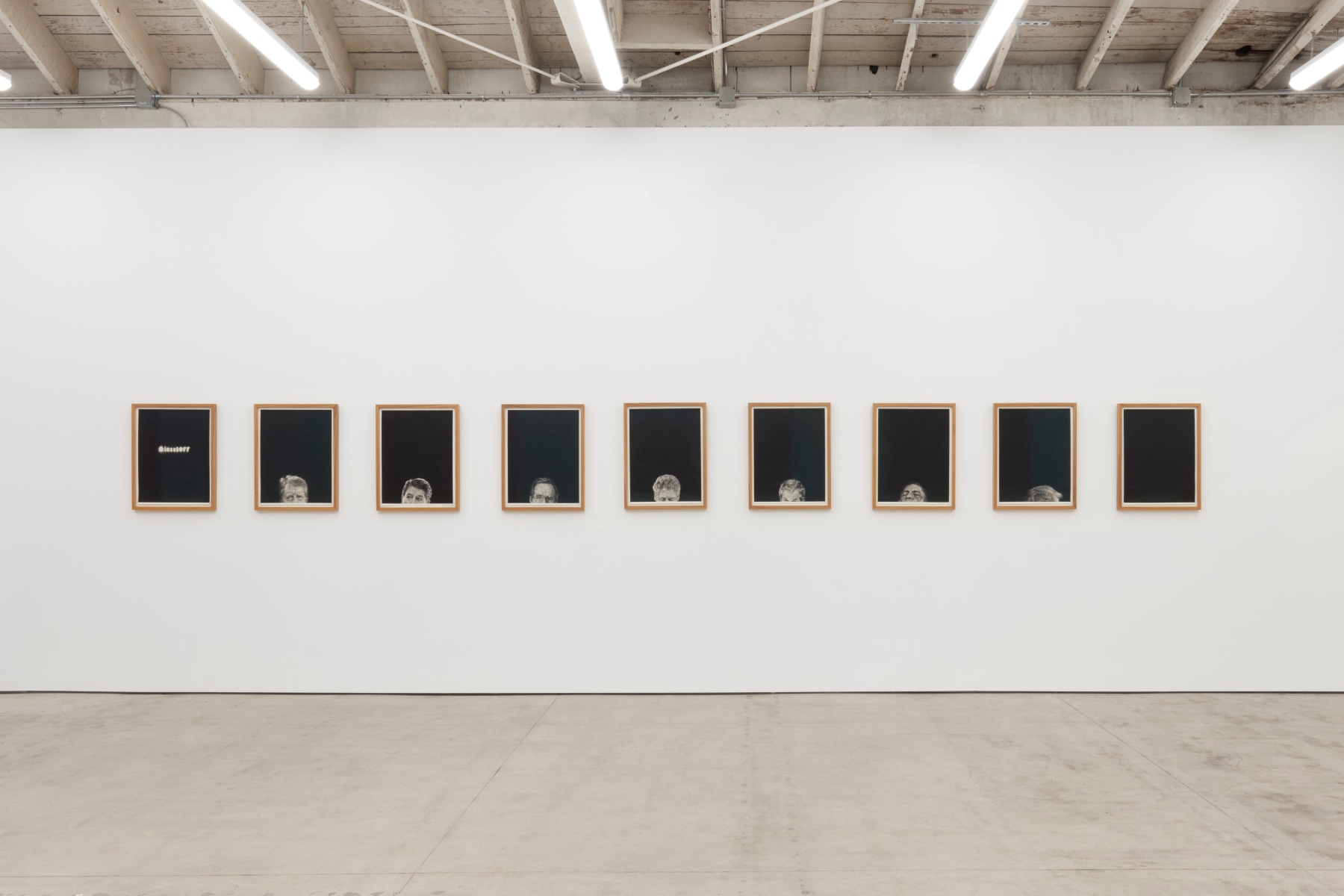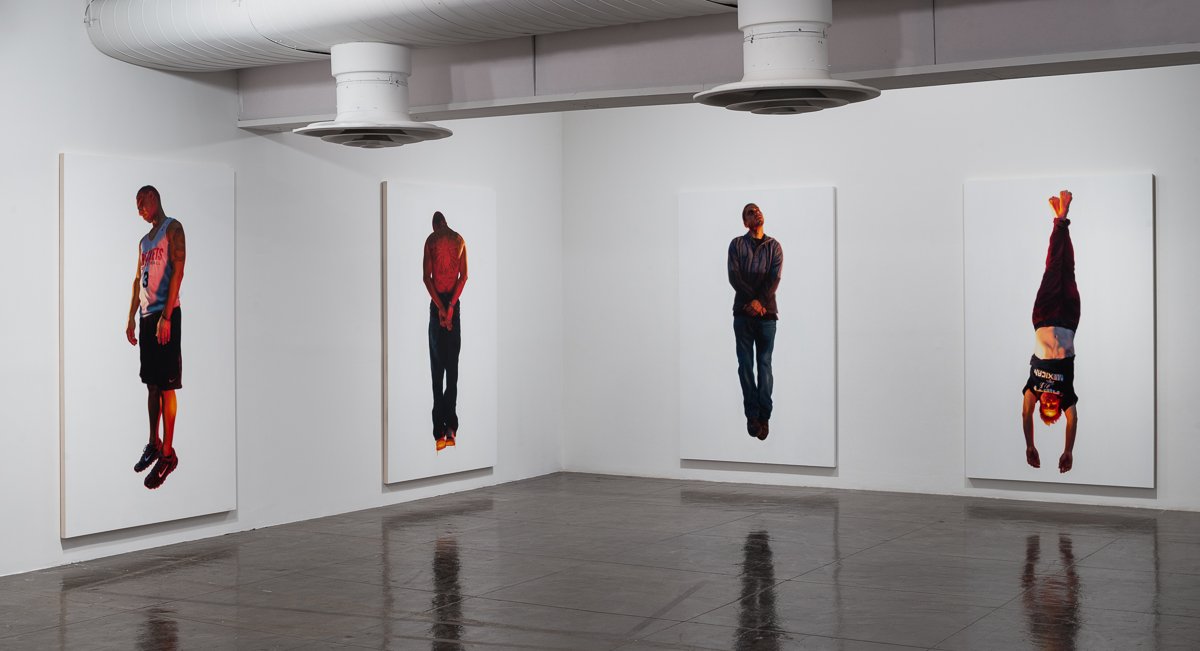
Visual art is unique in that it can speak to anyone who takes a look at it. No matter what you are feeling at the time or whether you have a visual artist or not, you will be able to utilize visual art that helps you to communicate well with others. But what are some of the elements of visual art and what makes it unique compared to some of the other choices?
- Shape: This is a two-dimensional design that is covered by lines to show its width and height. They can often provide feelings. When they are put into color, they will look more 3D than flat. Visual art will have many shapes inside.
- Line: Lines are the marks that move in a space between two points. Artists like to work with a variety of lines and each one can have a different meaning depending on the flexibility, thickness, length, and curve.
- Space: Not every part of the paper has to include something in it. Space may include the item, but the unused space can have as much meaning as the rest of the work. A visual artist knows how to effectively use the space they are given.
- Form: Form is the 3D object that you can hold and walk around. It can be something hard like a cube or another option like a sphere or cylinder.
- Texture: This is often used to help describe the quality of the surface. Sometimes they are real, such as when the artist will add some actual texture to the paper, while others are more implied. The eye will perceive the texture, even if the page is smooth.
- Value: This is the degree of perceivable lightness of tones in the image. When we see a difference in the values, it is the contrast. Light and dark tones can make a difference in the story being told on the page.
- Color: This is the spectrum of light that is broken down when it hits the surface and reflects back to the eye. There are different properties like the hue, which is the range of colors, the intensity, which is how strong the color is, and the temperature, which is the coolness and warmness that you feel when looking at the color.
An artist is able to add each of these elements into the work, at varying degrees, to help come up with the final results that you need. No matter what you are hoping to get from the artwork, adding these elements can elicit more emotions in the viewer.
Visual art is a popular form that allows the artist to share their point of view. As you take a look at some of the different visual artists, make sure to look over some of the options from Vincent Valdez. Valdez is able to bring his work to life, bringing in shapes, colors, and textures to share the emotions he desires! Come and take a look at some of his work today.

Visual storytelling presents numerous benefits. One of them is that visual storytelling enhances engagement. The use of visuals captures the audience’s attention, making them concentrate and follow the story from start to finish. That is unlike the use of text, which can cause a reader to drift once in a while and lose the flow of a story.
Additionally, visual storytelling encourages memorability and enhances information remembering. The use of Visual cues, images, and infographics encourages memorability since the images capture the audience’s thoughts. That way, the audience finds it easy to remember and process information seen than heard or read.
Also, visual storytelling evokes emotions within the audience. The use of visuals and photographic content stirs emotions within the audience. The audience is able to put themselves in the place of the characters in the narrative. That way, the audiences are able to relate to the things that happened a long time and can learn from them. Also, the use of visual cues causes the audience to develop empathy and understanding. Hence in circumstances of social injustices, the audience can learn a thing or two by having a better understanding of the situation.
Moreover, visual storytelling overcomes language obstacles. The use of visual cues makes it possible for everyone to understand what is being communicated, without having an understanding of the language spoken by the visual storyteller. Everyone can follow and understand a story when told using visuals.
Additionally, visual storytelling facilitates the clarification and simplicity of a complex idea or theme. The use of visuals makes it possible to collapse a lengthy and complex idea or concept, thus, boosting simplicity and clarity. That way, everyone understands the message being put across. For the audience that has not gone to school or has no grasp of the history of the society, the simplest and clearest way of communicating a message to them would be through the use of visuals. Visual storytelling accommodates everyone, even kids.
Lastly, visual storytelling enables the establishment of personal connection. A storyteller must use visual characters and circumstances that an audience can associate with when telling a story. If an audience is able to relate to the characters and situations depicted in a story, they can do a lot of soul-searching and retrospection. They are able to understand the situation, and trust between the audience and the artist telling the story brews.
Conclusion
Vincent Valdez’s use of art in storytelling is inspiring and challenging. His origin and interactions in his early years of life inspired him to focus on artistry. He has mastered the art of creating an emotional connection with his audience and is dedicated to utilizing his visual storytelling abilities to bring change to society. Valdez’s art will continue to stir the conversations on the uncomfortable and unjust truths in the society and cause everyone to want change.

Vincent Valdez’s work speaks for itself. His artistry has received worldwide acceptance and recognition. Given the emotions that his art evokes in people, his best exhibits have been displayed in numerous high-end galleries plus institutions throughout the United States of America. Valdez’s artistic work has sparked difficult conversations among people, and driven many into serious reflection. That has given many the courage to face and tackle societal issues with courage. Hence, that congeals Valdez as a conspicuous modern-day artist.
Elements Vincent Valdez Utilizes in His Artistic Journey
Narrative structure: Visual storytelling is not very different form traditional storytelling. It has a basic narrative structure. Valdez’s artistry follows the basic structure of a narrative, which has a start, middle, and close. Moreover, Vincent Valdez’s stories have characters, conflicts, and settings, which are basic elements of a narrative structure.
Images and visuals: Valdez utilizes images and visuals to convey his messages, which is the most essential element in visual storytelling. That way, the images and visuals prompt a human’s inborn ability to read, interpret, and comprehend pictorial cues. Some of these images and visuals include pictures, infographics, videos, animations, diagrams or an amalgamation of all of them.
Emotion and connection: Valdez exploits the emotions and feelings of the audience. Through his artistry, Valdez is able to stir emotions within the audience and thus create a connection with them. Valdez is able to drive the audience into moments of contemplation. Valdez is able to achieve that by using themes, circumstances, or characters that the audience can relate to or with. Hence, emotion and connection happen.
Sequencing and flow: The audience should be able to follow the storyline through the visuals to understand and connect with the story. Valdez’s work has always been sequential and has a flow, which has made him gain global acknowledgment in the art world. Vincent Valdez arranges his work such that the visuals are able to guide the audience through the story without feeling lost. Valdez utilizes visual signals, changeovers, and pacing to establish a smooth and uninterrupted flow.
Simplicity and clarity: To be able to convey a message, it is paramount that the message is passed in a simple and clear manner. Valdez has gained global recognition and has been able to connect with his audience by communicating in a simple and clear manner. The ideas of racial injustices and historical struggle for freedom can fail to provoke the intended emotions and understanding in an audience if not conveyed in a simple and clear mode. Valdez utilizes brief visuals to explain difficult ideas, enabling the audience to comprehend and recall.
Symbolism and metaphor: as the name suggests, visual storytelling makes use of visual styles, signs, and images to pass a message across. The message may be too difficult to comprehend and may have deeper meanings. Valdez utilizes symbols and metaphors as most of his messages require critical thinking to decipher. That explains the richness that Valdez’s narratives often possess, which has led to him being known as the expert in contemporary art.
Audience engagement: Valdez’s visual storytelling encourages audience engagement. As explained earlier, visual storytelling involves creating a connection between the story and the audience. In order to comprehend and have a proper interpretation of the story, the audience follows keenly and bury themselves in the story in a bid to connect and understand the story. The audience easily remember the story when they are fully engaged. Hence, that explains why Vincent Valdez’s visual stories are unforgettable.

The ability to put across a message or narrative depends highly on the style of communicating it. Visual storytelling happens to be the best and most effective means of conveying an idea or narrative. It involves the use of an amalgamation of visual aspects, including images, videos, graphics, illustrations plus animations. One such artist that has mastered the art of visual storytelling is Vincent Valdez. Visual storytelling stirs emotional connection within the audience, enabling them to have a better understanding of the content.
Artistic Background of Vincent Valdez
Vincent Valdez was born and raised in Texas 46 years ago. Growing up, Valdez was exposed to a rich and diverse history of influences that later on played a big role in his artistic journey. Being a mix of an American and a Mexican multi-ethnicity, Valdez attained a strong heritage that enabled him to have a better understanding of identity and cultural exchanges.
Vincent Valdez’s interest in artistry began as a young boy. His interest in art and being able to communicate through art drove him to seek formal training which saw him attend the Rhode Island School of Design, where he honed and sharpened his artistry. Having gained confidence in his ability to convey messages through art, Valdez forged his path toward gaining his individual artistic voice.
He experimented with numerous mediums and techniques for communicating a message and finally settled on the use of visual art. Valdez, in his artistic journey, has taken up complex themes that the audience can relate to deeply. His choice of topics has always resonated well with the community. His major focus has always been on social problems, including, racial disparity, historical pain, and the numerous challenges of human existence.
Valdez’s Artistic Style
Vincent Valdez’s work stirs emotions forcing audiences to go into moments of introspection and vulnerability. Having a strong understanding of art and narrative, Valdez is able to produce striking art that augurs with subjects of identity and societal history. Through his masterly woven canvas is the unfolding of the tales of human struggle and triumph.
If you are an avid fan of visual storytelling, you can attest to the overwhelming impact Valdez’s series ‘The Strangest Fruit’ has had on the society. Through the series, Vincent Valdez takes us back to the history of the Justice struggle. You are able to connect emotionally to how the struggle for justice happened and can relate to the continued struggle to ensure justice prevails always. Through the series, Valdez utilized symbolism and visceral imagery, which forces the Americans of today to understand and tackle the influence of racial injustices on the history of the Americans.



